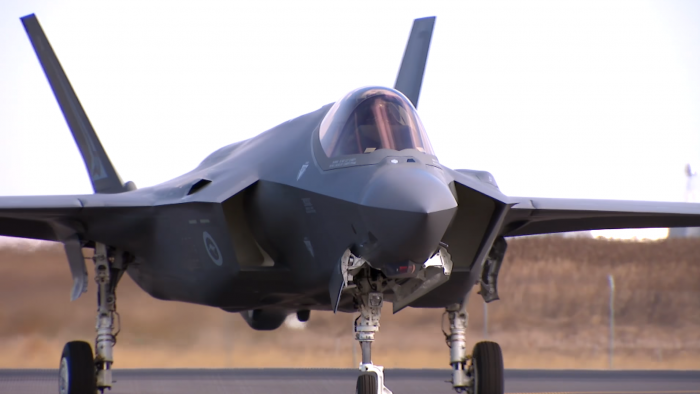After negotiations, development and political to-and-fro for the last fifteen years, the recent display of the Lockheed Martin F-35 Joint Fighter at the Avalon Airshow became the first and final confirmation to the Australian public that the fighter was here to stay, as a permanent fixture in the RAAF’s fleet.
And the plan to eventually build a fleet of 72 stealth aircraft is already starting to show potential for supplier and maintenance contractor opportunities in Australia.
In a recent Financial Review report, it is estimated that the revenue, employment placements and businesses that will benefit from the aircraft’s commissioning stands at $34.4b, 99331 and 43 respectively.
ADF contractor BAE Systems—who provide support in fields such as sustainment, weapons systems, flight training and airborne ISR—are first in line to provide support for the F-35.
BAE will indeed carry out sustainment assignments from their location at RAAF Williamtown as well as the manufacture of components such as avionics, digital mission systems and electrical systems. In all, the initial commitment to supporting the F-35 entails the local manufacture of 26 parts, many of which will be fabricated at a specialised titanium components plant in Adelaide.
The F-35, also known as the ‘Lightning II’, will experience a long-term life within the RAAF, beginning with official delivery in 2018, as the RAAF and Australian Government get ahead of the curve in anticipation of the decommissioning of the FA/18 Hornet, a fighter which returned to service in 2010 after a modification program.
It is this kind of overlapping development with tweaking of aircraft design to accommodate the changing needs of an air force that keeps third party contractors on a constant tendering cycle. From aircraft parts to aircraft maintenance platforms that are created to perfectly-suit the contours of new aircraft, the coming decade promises to see Australian businesses flourish off the back of the F-35.
Other beneficiaries from the F-35 will be GE and Australian employees—current and future—of Northrup Grumman. A soon to be built ‘Common User Facility’ near the Williamtown base will house staff from both companies, who will work together on sophisticated top-secret testing equipment. This collaborative enterprise will also be pulling skills from local colleges and the University of Newcastle – a potential for at least 200 more Novocastrians to be employed in the aerospace industry.








